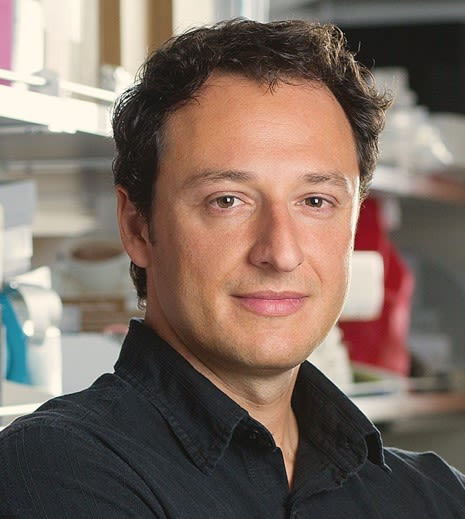Associated Sub-Fields:


One is the rapid improvement in our understanding of how tissues, organs and embryos develop.1 The other is the emergence of new technologies such as genome synthesis and editing, tissue engineering and the lab-based growth of replicas of organs and embryos. The third is the development of comprehensive in silico models of developmental processes. This pairing of fundamental knowledge and emergent technologies has rendered engineering (and re-engineering) the components of our bodies increasingly practical.
These developments are likely to have considerable benefits for human health and well-being. However, it is crucial to separate true potential from utopian hype. A great deal of venture-capital money has been thrown at the prospect of reversing ageing and radically extending human lifespans, for instance, but there are more immediate and wide-reaching benefits from tackling major killers such as cardiovascular disease and cancer, as well as chronic conditions like bone degeneration and immune suppression. Lab-grown “organoids” may ultimately offer an alternative to organ donation. Furthermore, an improved understanding of embryonic development may lead to treatments for a host of congenital conditions.
Despite this potential, the complexity of the systems in the human body remains a challenge. “Digital twins” of the human body2 may help here,3 as will the development of new technologies and therapeutics.4 Likewise, specialised AIs that can sift through the vast datasets on human biology are likely to offer great insights. Studying how extreme environments like space affect our biology will also aid our understanding.5
There are also profound issues of ethics and social acceptance. For instance, some technologies require working with human embryos. Many people are also wary of anything they perceive as unnatural. Sustained, long-term public engagement is required: the successful use of pronuclear transfer to enable UK children to be born without mitochondrial disease, begun 25 years ago through early conversations with policy-makers, media and regulators, offers a good model.6
KEY TAKEAWAYS
It is increasingly possible to exert control over how cells behave and even how they develop. Scaled up, these technologies offer the prospect of engineering entire tissues. Cellular (re-)programming and tissue development are leading to new therapeutics. In parallel, researchers have developed methods to study the rules governing development. Organoids are simplified replicas of organs that can be grown in a lab: they enable the study of processes that were previously inaccessible. The large amount of data emerging from these systems is driving the development of in-silico “digital twins” of organ functions and early human development, which should further accelerate our understanding of fundamental developmental processes and interventions that lead to better health. Similarly, model embryos allow researchers to study how human embryos develop. Both technologies could ultimately lead to treatments for congenital conditions. In the longer term, researchers may be able to create synthetic human genomes. This represents a huge technical challenge, but offers the possibility of understanding and perhaps eliminating a host of inherited conditions.
Anticipatory Impact:
Three fundamental questions guide GESDA’s mission and drive its work: Who are we, as humans? How can we all live together? How can we ensure the well-being of humankind and the sustainable future of our planet? We asked researchers from the field to anticipate what impact future breakthroughs could have on each of these dimensions. This wheel summarises their opinions when considering each of these questions, with a higher score indicating high anticipated impact, and vice versa.
- Anticipated impact on who we are as humans
- Anticipated impact on how we will all live together
- Anticipated impact on the well-being of humankind and sustainable future of our planet









